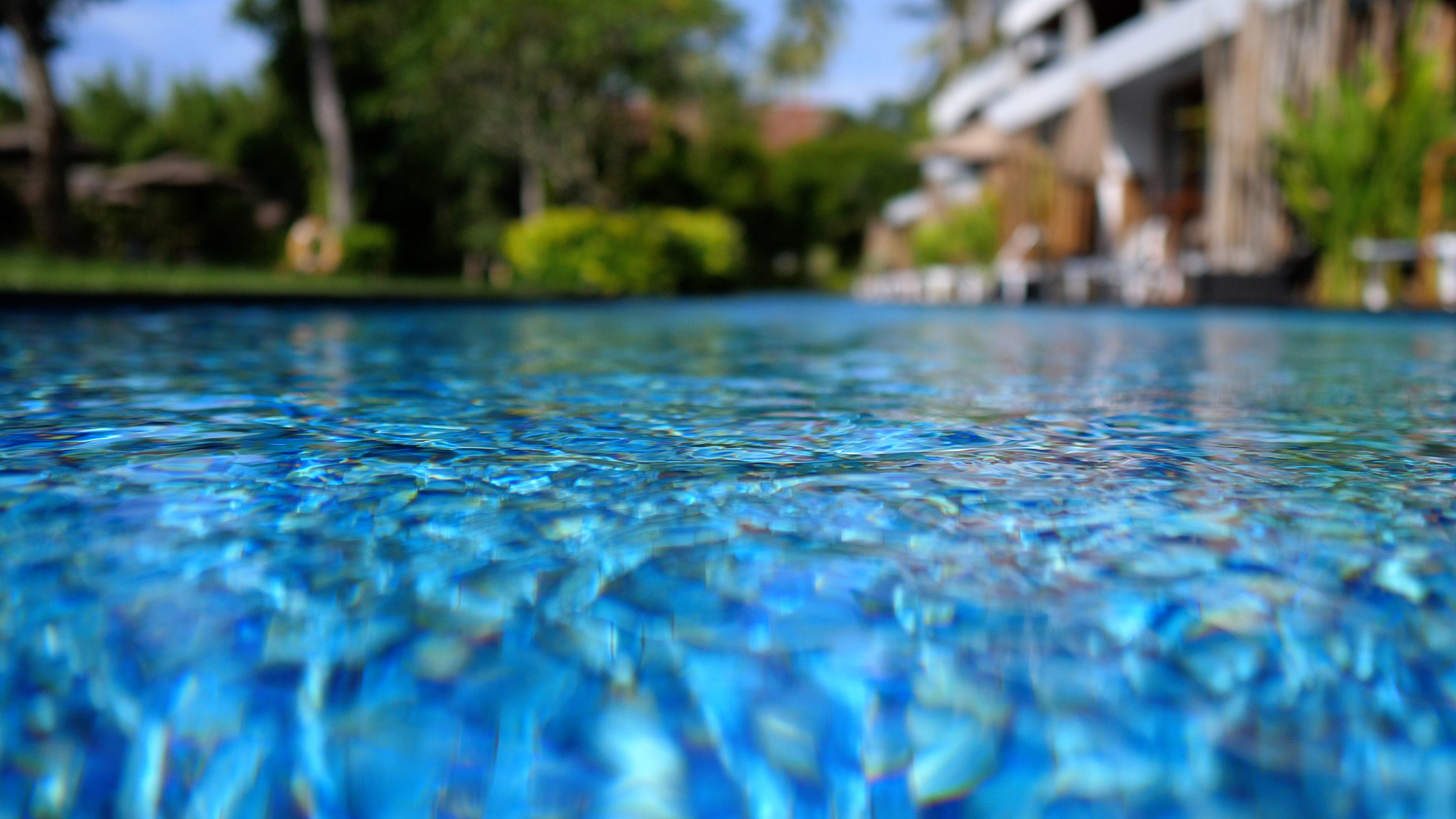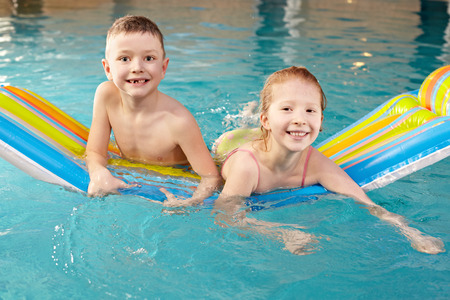
Know the Risks of Dry and Secondary Drowning
Parents must be aware and know the risks of dry drowning and secondary drowning, which are very real threats to young children swimming in any body of water. We often think that because our child is out of the water, that the risk of drowning has been eliminated. Dry and Secondary Drownings make up about 1-2% of all drowning incidents, and while it is rare it can be fatal.
Dry and secondary drownings occur when a child breathes in water when they accidentally get water in their mouth either by accident, from struggling in the water, or from being dunked or thrown in the water. Dry drowning is a very real hazard that most parents don’t think about once they leave the pool, lake or ocean.
Difference in Dry Drowning and Secondary Drowning
While both dry drowning and secondary drowning occur from breathing in water, and they both have the same symptoms, there are differences in the two rare instances.
In dry drowning water never reaches the lungs, but breathing water in causes the vocal cords to spasm which closes the airway. This happens after they have left the water. Symptoms of difficulty breathing will usually happen right away after the incident.
In secondary drowning, the airways are open and water gets into the lungs. This causes pulmonary edema, a condition in which fluid in the lungs and prevents oxygen from getting into the lungs, and the bloodstream. Symptoms of secondary drowning can occur anywhere from 1 to 24 hours after the incident.
Symptoms of Dry and Secondary Drowning
Dry and secondary drowning can occur in adults, but is more common in children due to their smaller size. Both have similar symptoms, which include:
- Persistent coughing
- Chest Pain
- Increased trouble breathing (indicated by nostrils flaring or seeing the ribs or the gap above the collarbone which indicates trouble breathing.
- Change in behavior like forgetfulness or sleepiness (indicates a lack of oxygen)
- Vomiting which is a sign of the body under stress, and can occur from a lack of oxygen or persistent coughing
While the cause of dry drowning and secondary drowning are a bit different, the symptoms and results can be the same, and in some cases fatal.
What You Can Do
Get medical attention immediately anytime a child is pulled from the water. Don’t take any risks, always contact a doctor if you suspect that your child inhaled any water after swimming.
Help to prevent dry drowning by giving children swim lessons as good swimmers are less likely to struggle and inhale water.
Never leave children unattended near or in the water. Proper supervision will prevent tragedies. Stay consistent with your pool safety procedures, and insist upon young non-swimmers to wear life jackets or life-saving flotation devices.
Your safety is our number one concern at The Swimming Pool Store. Stop by today to receive 10% off all pool floats and toys, and remember to always read and follow all safety instructions. Be aware of the risks of dry drowning, and always seek medical attention for any child exhibiting symptoms. Contact us today for friendly and professional pool service, free water analysis and discounts on pool floats.


